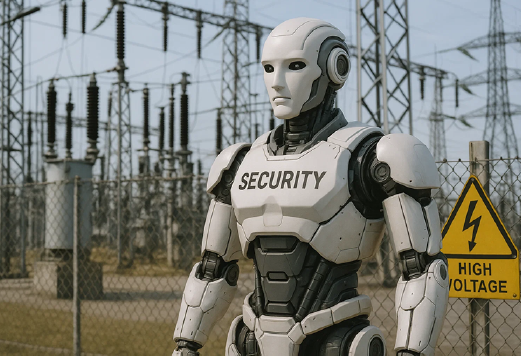The evolution never stops
by Alex Apostolov, USA

The evolution of PAC systems was driven by the fundamental “Survival of the fittest” principle. In PAC it is not a marketing hyperbole; it is continuous selection under real operational pressure. “Fitness” is multi-dimensional: speed, selectivity, dependability, security (avoidance of mis-operations), interoperability, maintainability, and lifecycle cost.
Devices, algorithms, and architectures that best satisfy these fitness functions under changing grid conditions persist; those that cannot are retired. The selection pressures are tangible: fault performance in IBR-rich systems with low inertia and weak grids; interoperability across multi-vendor fleets; compliance with evolving standards; cyber-hardening and incident response; workforce skills and toolchains; and total cost of ownership over decades.
Electromechanical designs “fit” in their day because they were robust and understandable. Static relays survived because they improved accuracy and speed. Microprocessor IEDs dominated by collapsing panels of single-function relays into one device with records and communications.
IEC 61850 and digital substations prevail because they scale data and flexibility when engineered and tested rigorously. Conversely, technologies that are fragile, difficult, hard to test, or expensive to maintain lose procurement battles, fail audits, or are eliminated by mis-operation statistics.
In the next evolutionary phase AI’s role will be to augment, not replace, deterministic protection.
Near-term, AI excels at classification and prediction surrounding the trip path: disturbance categorization, fault-type identification, oscillation and incipient failure detection, settings optimization, asset health prediction, and adaptive margins informed by forecasts of DER behavior.
In operations, AI will power digital-twin testing, faster root-cause analysis, and recommendation engines that shorten clearance times. In design, it will accelerate engineering checks and conformance testing.
Yet the future architecture remains hybrid: deterministic, verifiable elements provide the trip decision; AI provides context, anticipation, and resilience. Guardrails verification/validation, explainability, cybersecurity of models and data, performance monitoring, and safe fallback modes ensure AI improves fitness without compromising protection’s prime directive: trip when you must, ride through when you should, and never surprise the system you protect.







